LSU Purple Fig Tree – 3 Gallon Pot
$74.97 Original price was: $74.97.$52.48Current price is: $52.48.
SKU: D2LSC 2133571153 Category: FRUIT TREES & PLANTS
- Safe Payments, Secure Personal Information
- Guaranteed High Quality
- 7 Days of Hassle-Free Returns
- 7 days free returns

LSU Purple Fig Tree
Ficus carica ‘LSU Purple’
NOTE: As with all of our other plants and trees, all of our fruit plants are grown in containers outdoors so they are fully rooted and landscape-ready upon arrival.
Plant Details
USDA Plant Hardiness Zones: 7a-9b Find Your Zone
Ripening Period: Summer, up to 3 crops a year in warmer climates!
Chill Hours: 100 Learn more here
Pollinator: None required
Fruit Color: Dark Purple
Fruit Size: Medium to Large, bell-shaped
Fruit Taste: Mildly sweet, excellent flavor!
Uses: Fresh Eating, Desserts, Salads, Jellies, Jams, Preserves, Canning, Dried
Height at Maturity: 10-20′
Width at Maturity: 10-20′
Growth Habit / Form: Rounded, Upright
Growth Rate: Fast to Very Fast
Foliage Color: Deep Green
Sun Needs: Full Sun to Part Shade
Water Needs: Average
Soil Type: Clay, Loam, Silt, Sand
Soil Moisture / Drainage: Well Drained, moist
Soil pH: 6.0 – 6.5
Maintenance / Care: Low
Description
An exceptionally prolific fig tree that starts producing fruit as soon as growth starts and can yield up to 3 crops a year of wonderful mild-sweet fruits. LSU Purple has great pest, disease and drought tolerance and is considered to be one of the best fig tree varieties.
NOTE: As with all of our other plants and trees, all of our fruit plants are grown in containers outdoors so they are fully rooted and landscape-ready upon arrival.
Landscape & Garden Uses
Interested in edible landscaping? What could be more enjoyable and rewarding than installing a landscape you can eat? Fig trees are a fine specimens for use in the edible landscape. Their large and bold leaves provide a tropical effect in the landscape and you’ll be rewarded with loads of delicious figs!
Growing Preferences
Fig trees will grow reasonably well in most soil types. They produce the best fruit in moderately to slightly acidic, moist but well-drained fertile soil that is rich in organic matter. In soil with low fertility it’ll be worth your time to mix in some organic compost to the native soil. They like the soil to hold a good supply of water, especially when the fruits are developing in summer, but not so much water that the soil stays constantly soggy or wet, which can be problematic. The best and most fruits will are produced when trees are growing in full sun. However, fig trees that receive a little shade during the hottest part of summer days will still produce good crops.
NOTE: If you try to grow this one in USDA Zone 6 it would be a good idea to provide some winter protection. A heavy layer of mulch will help protect the roots during winter. Planting on the east side of a home, or where the tree will be sheltered from north and western winds.
Helpful Articles
Click on a link below to find helpful advice from our experts on how to plant and care for fig trees.
How To Plant A Fig Tree
How To Fertilize & Water A Fig Tree
How To Prune A Fig Tree
What Are Chill Hours For Fruit Trees?
Plant Long & Prosper!
Meet The Wilson Brothers & Staff
Questions? Contact Us!
Arrived quickly, in good condition, and is doing well————————————We are so glad you are pleased and we hope you enjoy it for years to come! Thanks for the awesome review! 🙂 Beth Steele | WBG
The fig tree that I ordered was shipped very quickly and was well packaged. The plant was exactly as described and appeared very healthy. Since it is Fall, I won’t get to really enjoy this plant until next Spring, but based on my experience so far, I highly recommend Wilson Brothers Gardens.————————————-Hi Wesley, Thanks so much for taking the time to provide your review of the LSU Purple Fig Tree. We are so glad you are pleased and we hope you enjoy it for years to come! Thanks for the very kind words!
Beth Steele | Wilson Bros Gardens
Beth Steele | Wilson Bros Gardens
Be the first to review “LSU Purple Fig Tree – 3 Gallon Pot” Cancel reply
Related products
-30%
-30%
-30%
-30%
-34%
-30%
-30%
-39%





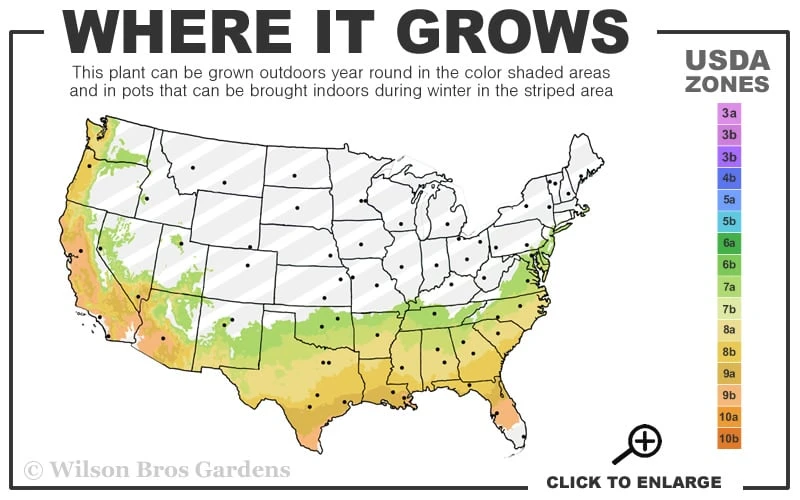




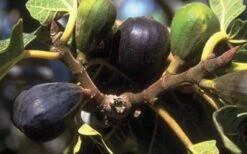
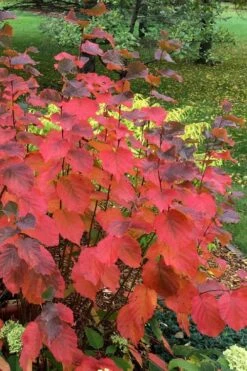


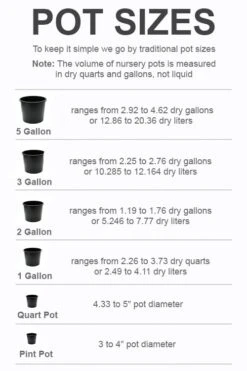


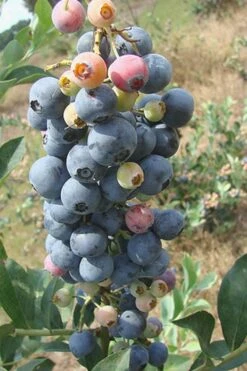
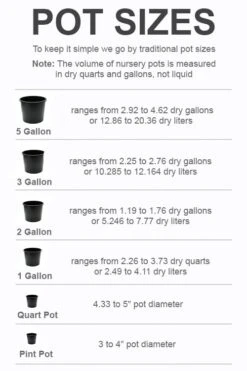

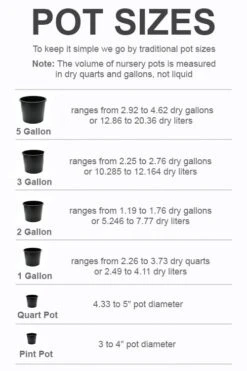
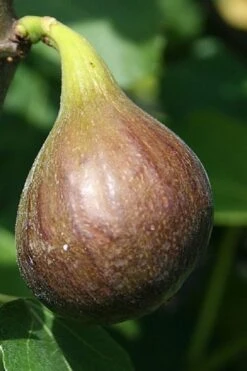


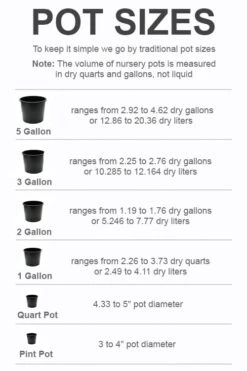

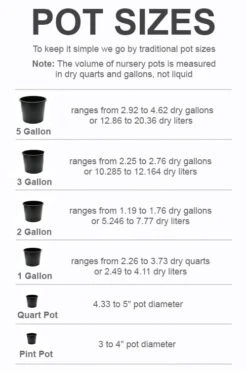
Reviews
There are no reviews yet.